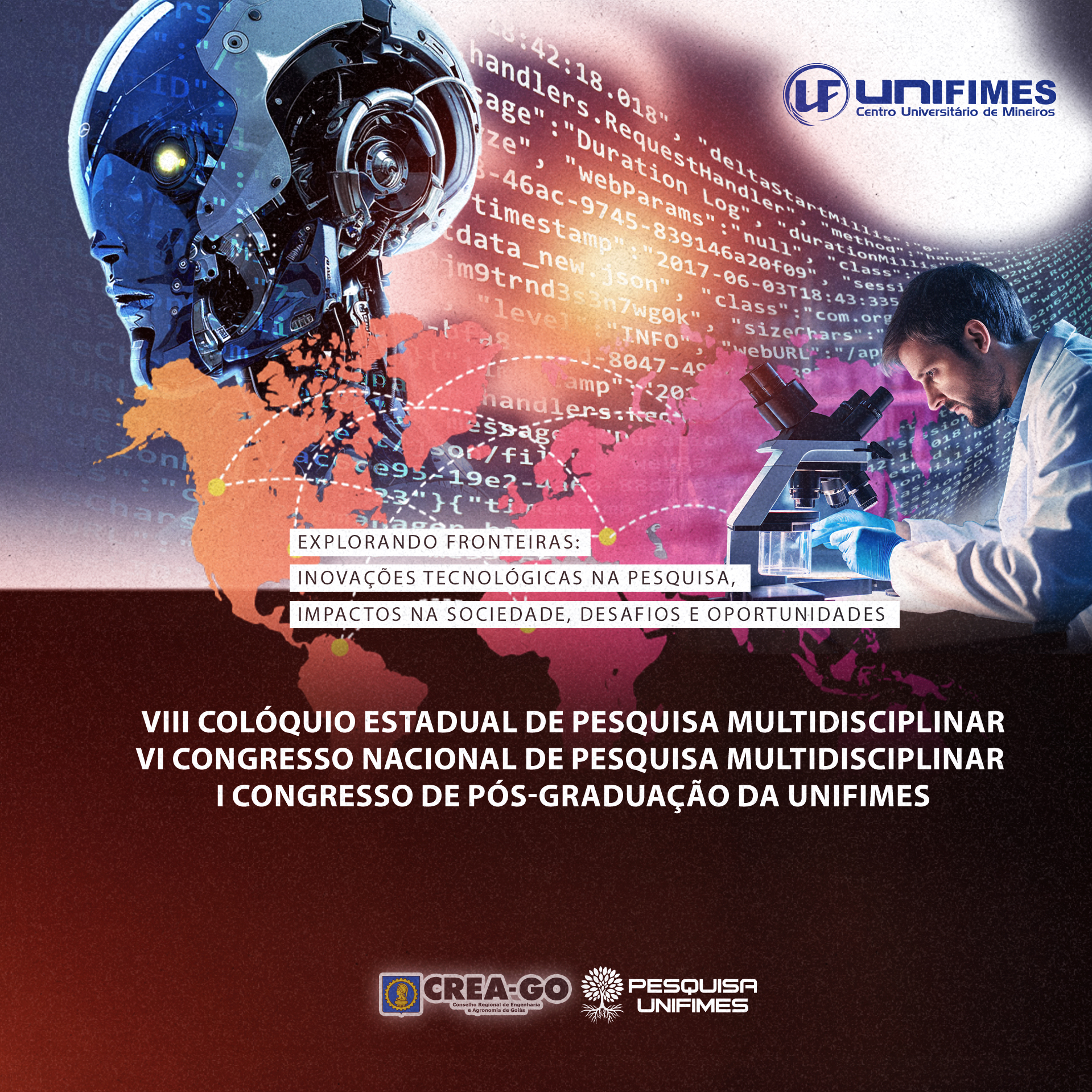A INFLUÊNCIA DA ATIVIDADE FISICA NA MANUTENÇÃO DA FORÇA MUSCULAR EM IDOSOS
Palavras-chave:
Força muscular, Atividade fisica, Avaliação do idosoResumo
Objetivo: Avaliar a força muscular dos membros superiores em um grupo de idosos de 60 a 80 anos envolvidos em atividades físicas, usando o teste de flexão de cotovelo, e correlacionar esses resultados com os processos fisiológicos de envelhecimento e suas implicações na qualidade de vida. Métodos: Trata-se de um estudo do tipo prospectivo, intervencional de caráter analítico descritivo e comparativo. O grupo foi composto por 25 idosos fisicamente ativos e esses idosos são participantes de um projeto de uma cidade do estado de Goiás. Estão inscritos 100 idosos no presente programa da população de Mineiros e para a coleta de dados, foi aplicado o teste clínico de avaliação da força muscular de membro superior (Teste de flexão de cotovelo). Resultados: Na amostra 48% realizou a quantidade de repetições do teste de força de membro superior maior do que o esperado pela idade, 40% apresentou dentro do esperado pela idade e 12% abaixo do esperado. Conclusão: Evidenciou-se que a força muscular de idosos praticantes de atividade física, se encontra em níveis condizentes com a faixa etária e gênero em sua maioria.




